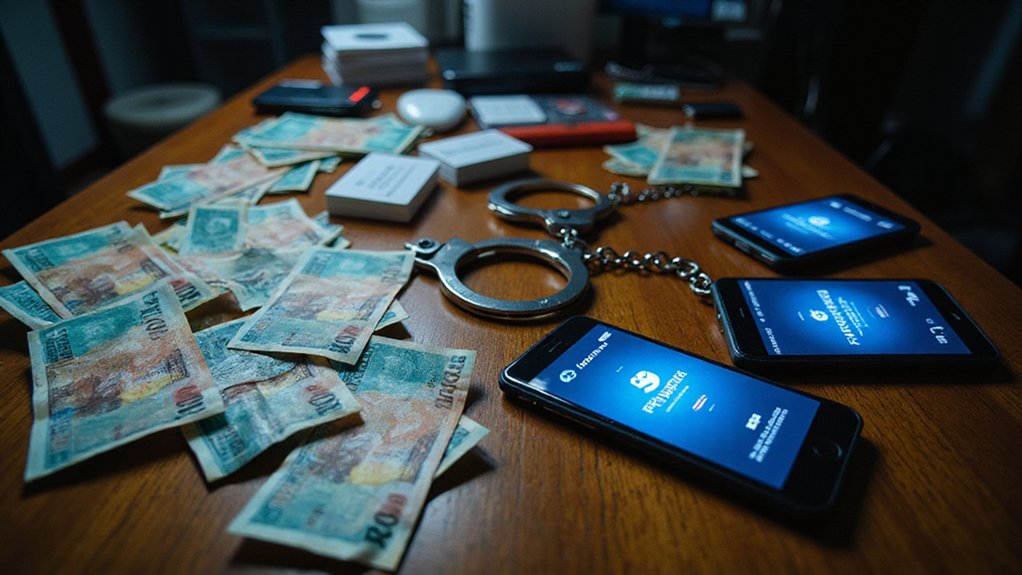When Elon Musk proclaimed that his latest messaging venture, XChat, employs “Bitcoin-style” encryption, the collective eyebrow-raising among cryptography experts was nearly audible.
The characterization immediately sparked skepticism, primarily because Bitcoin doesn’t actually use encryption in the traditional sense—a detail that apparently escaped the marketing department’s fact-checking process.
The marketing team’s grasp of cryptographic fundamentals appears as solid as their fact-checking—which is to say, conspicuously absent.
XChat represents X’s ambitious foray into secure messaging, featuring encrypted communications, vanishing messages, file sharing capabilities, and audio-video calling functionality.
Built using the Rust programming language, the platform initially paused its encryption rollout for improvements before launching to paid subscribers.
However, the technical specifics remain frustratingly opaque, leaving security professionals to wonder whether this represents genuine innovation or elaborate theatrics.
The fundamental issue lies in Musk’s mischaracterization of Bitcoin’s underlying technology.
Bitcoin relies on elliptic curve cryptography and digital signatures—not encryption—utilizing SHA-256 hashing for transaction validation.
This cryptographic framework creates a mathematically elegant system where private keys generate corresponding public keys, enabling secure transactions without traditional encryption methods.
The distinction might seem semantic to casual observers, but it represents a canyon-wide gap in technical understanding.
Luke Dashjr, a prominent Bitcoin core developer, expressed particular skepticism about employing Rust for security-critical applications, while other experts questioned whether Musk might be referencing specific Bitcoin Improvement Proposals (BIPs).
The absence of open-source code, independent audits, or detailed technical documentation has only amplified these concerns.
Security experts have consistently emphasized that Bitcoin’s strength derives from its well-documented, publicly auditable cryptographic signatures and hashing algorithms—not mysterious “encryption” methods.
XChat’s four-digit passcode protection and undisclosed security protocols present a stark contrast to Bitcoin’s transparent, battle-tested architecture.
The platform notably lacks protection against man-in-the-middle attacks, a fundamental vulnerability that undermines its security claims.
The broader implications extend beyond mere terminology disputes.
Without thorough technical transparency, users cannot evaluate XChat’s actual security posture, leaving them to trust assurances from a platform with questionable cryptographic literacy.
The history of cryptocurrency exchanges demonstrates the critical importance of robust security measures, as evidenced by Mt. Gox’s collapse following the theft of approximately 850,000 Bitcoin in 2014.
As XChat continues its rollout, the tech community awaits either substantive technical documentation or the inevitable security revelations that typically follow such bold, unsubstantiated claims.
The platform’s rollout timeline faces potential scaling issues that could further delay the already cautious launch strategy.
The verdict remains pending, though expert skepticism suggests caution may prove prescient.









